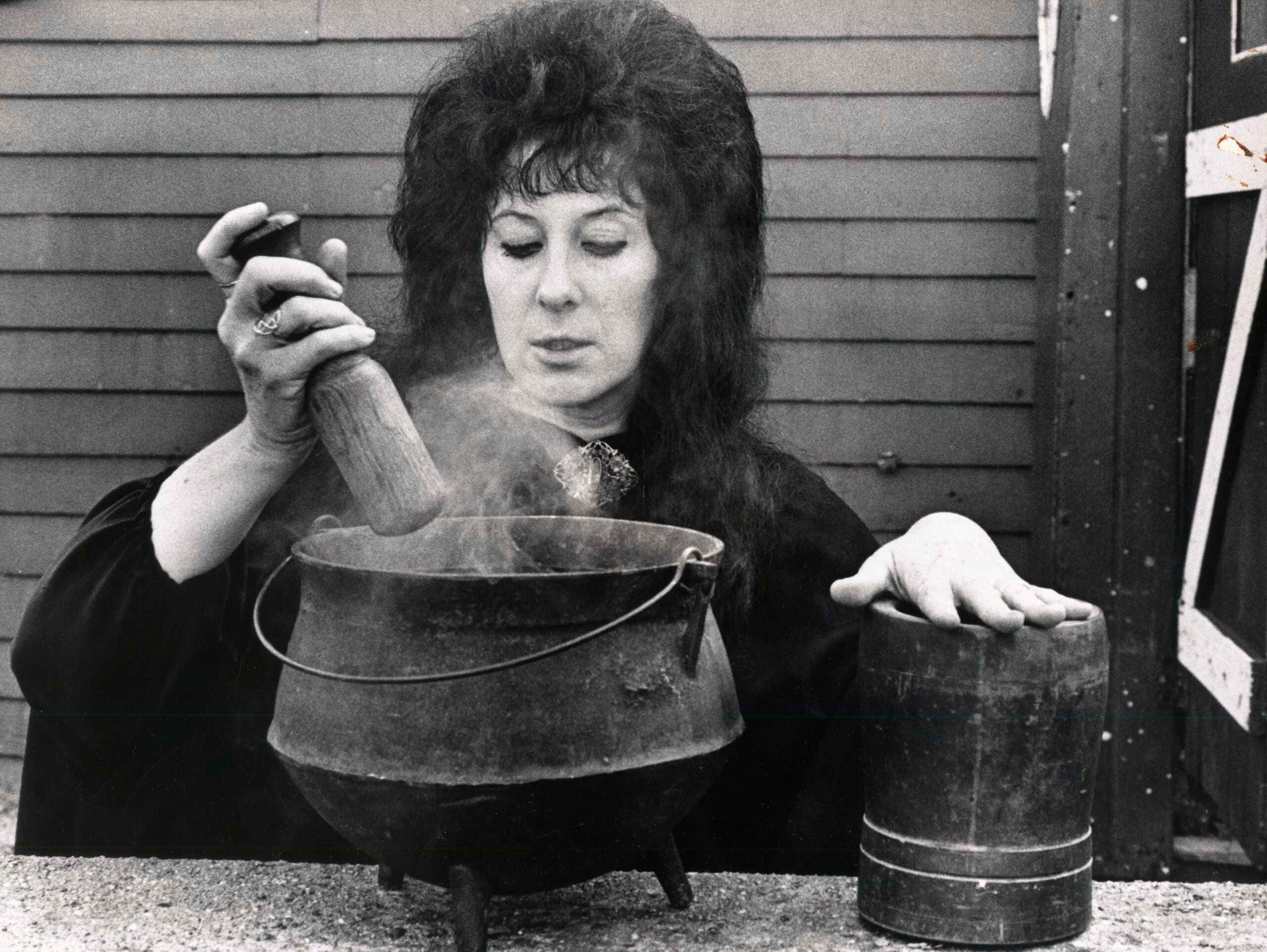
Dion Fortune was born on December 6, 1890, in Wales, United Kingdom. Her father practiced law, and her mother was a Christian Science healer. Violet’s mother was convinced that Violet’s soul was altered at birth. Violet began having visions and memories of an ancient civilization known as Atlantis when she was four years old. She thought she had been a temple priestess there in a previous life. Violet was a bright and intelligent child who began writing poetry when she was thirteen. She was also extremely imaginative and sensitive.
Violet was adamant about making it on her own. She enrolled at Studley College in Warwickshire, where she would learn to be a gardener when she was only twenty years old. This College’s warden was Dr. Lilias Hamilton, who was well-versed in occult knowledge and hypnosis. This warden was in charge of stealing money from students. Violet decided to leave, but the warden told her she couldn’t unless she admitted to being incompetent and lacking self-confidence. Violet had a nervous breakdown after the warden repeated these remarks for four hours. For several years, this affected her logic and weakened her physically and emotionally.
This experience piqued her interest in the mind’s abilities, and she enrolled in the psychology and psychoanalysis program at the University of London. She was one of London’s highest-paid lay-analysts at the age of 23. She quickly discovered that she was highly telepathic while working in a clinic, and she began to notice that psychology alone was frequently insufficient to help her clients. In 1929 and 1930, she wrote a book called Psychic Self Defense about this time in her life. With this book, she warned readers about the misuse of occult powers and gave them advice on how to defend themselves. Her best remark is that reactions to fear or longing always damage the aura from the inside out.

Violet met Dr. Theodore Moriarty, a Freemason, solo magician, and occultist with a special interest in psychology and healing, at the end of World War I, in 1917. He was convinced that diseases or mental illnesses could only be explained by looking into past lives. Moriarty had the ability to read auras, project his astral body, and summon objects from an unknown location into his room. He understood the workings of the universe and remembered previous lives as a priest in Egypt and Atlantis. He was an astrologer who knew how to deal with entities or thoughtforms by absorbing their energy into his own aura.
Moriarty tutored Violet until she was well-versed in the Western Mystery Tradition. In 1926, she published The Secrets of Doctor Taverner, a collection of short stories about him. In this book, she changed Moriarty’s name to Taverner, but she insists that the stories in the book are literally true, even if they have been toned down for print. “To ‘Dr. Taverner,’ I owe the greatest debt of my life, and without ‘Dr. Taverner,’ there would have been no ‘Dion Fortune,'” she writes in the introduction to this book.
Dion Fortune devoted her life to resurrecting the Western Mystery Tradition. “I want to know so that I can serve,” she said. According to Dion, magic is the art of causing changes in consciousness to occur in accordance with her will. She and her priests’ spiritual sex magic benefited the entire human race. Dion possessed extensive esoteric knowledge as well as a straightforward, no-nonsense demeanor. As a result, she became one of the twentieth century’s most approachable occultists and writers. Dion Fortune is a pen-name she adopted for her occult writing after being born Violet Mary Firth. It means “God, not luck.”





 Born a peasant girl from Tuscany, Italy, Aradia has gained her powerful reputation as the Queen of Witches with a profound connection to nature. There have been many stories passed down through generations by oral traditions, cementing her origin story as a divine goddess. It is due to this revelation of divine power that surged Aradia to pursue witchcraft in its extensive entirety. After some time, she began to gain the attention of others as her powers became widespread as an enchanting topic of conversation. It was Margaret Murray’s discovery of Aradia, though, that changed the course of supernatural black art as we know it today. Aradia rose to levels of new and momentous fame in England with the publishing of Margaret’s “The Witch Cult in Western Europe” in 1921. In this book, Margaret claims that Aradia was an incarnation of Diana, the Roman goddess of wild animals and the hunt. More specifically, Margaret believes that Aradia was the daughter of Diana and Lucifer who had been sent down into the world on the eve of the Christian Era to enlighten others of Diana’s distinction as goddess of the underworld.
Born a peasant girl from Tuscany, Italy, Aradia has gained her powerful reputation as the Queen of Witches with a profound connection to nature. There have been many stories passed down through generations by oral traditions, cementing her origin story as a divine goddess. It is due to this revelation of divine power that surged Aradia to pursue witchcraft in its extensive entirety. After some time, she began to gain the attention of others as her powers became widespread as an enchanting topic of conversation. It was Margaret Murray’s discovery of Aradia, though, that changed the course of supernatural black art as we know it today. Aradia rose to levels of new and momentous fame in England with the publishing of Margaret’s “The Witch Cult in Western Europe” in 1921. In this book, Margaret claims that Aradia was an incarnation of Diana, the Roman goddess of wild animals and the hunt. More specifically, Margaret believes that Aradia was the daughter of Diana and Lucifer who had been sent down into the world on the eve of the Christian Era to enlighten others of Diana’s distinction as goddess of the underworld.




